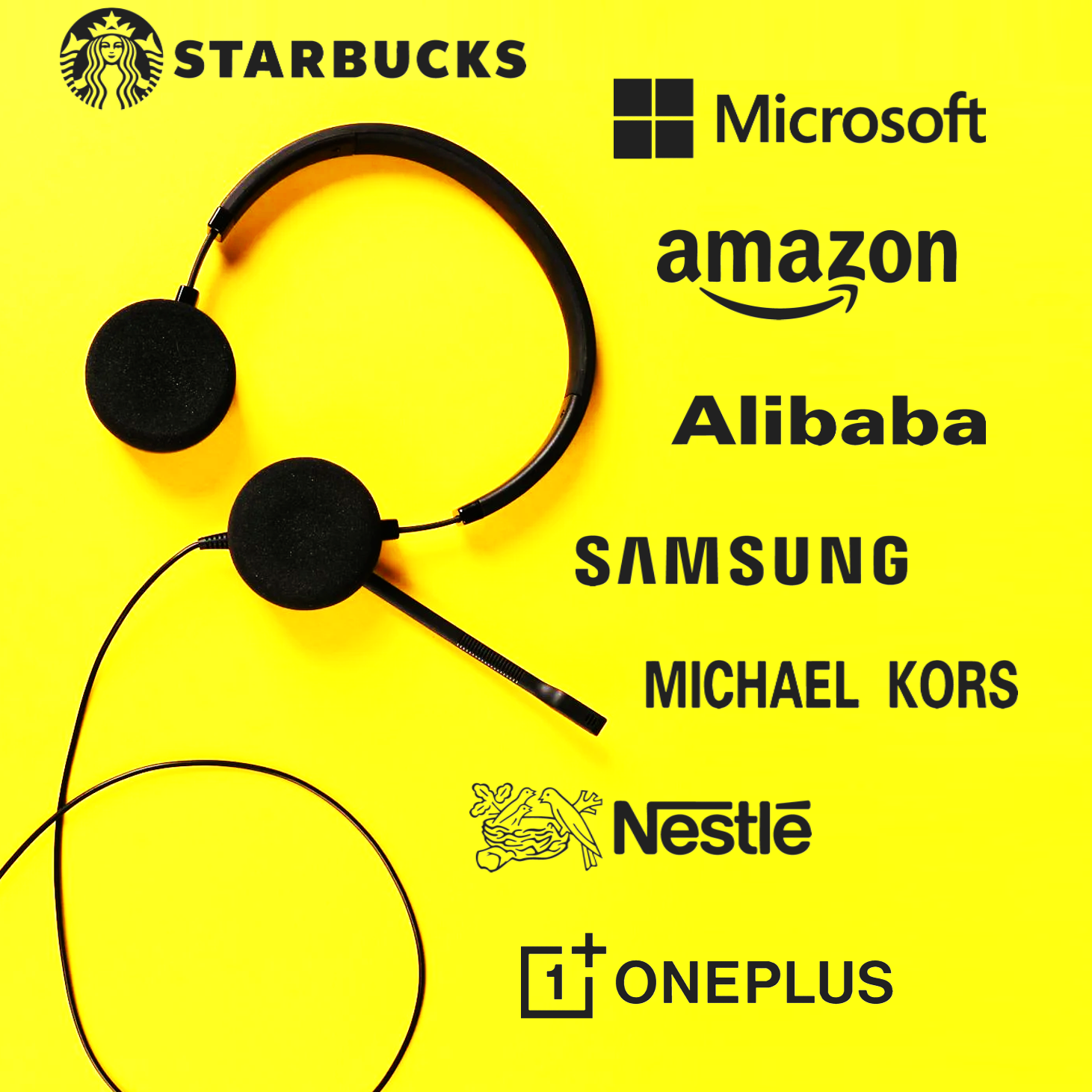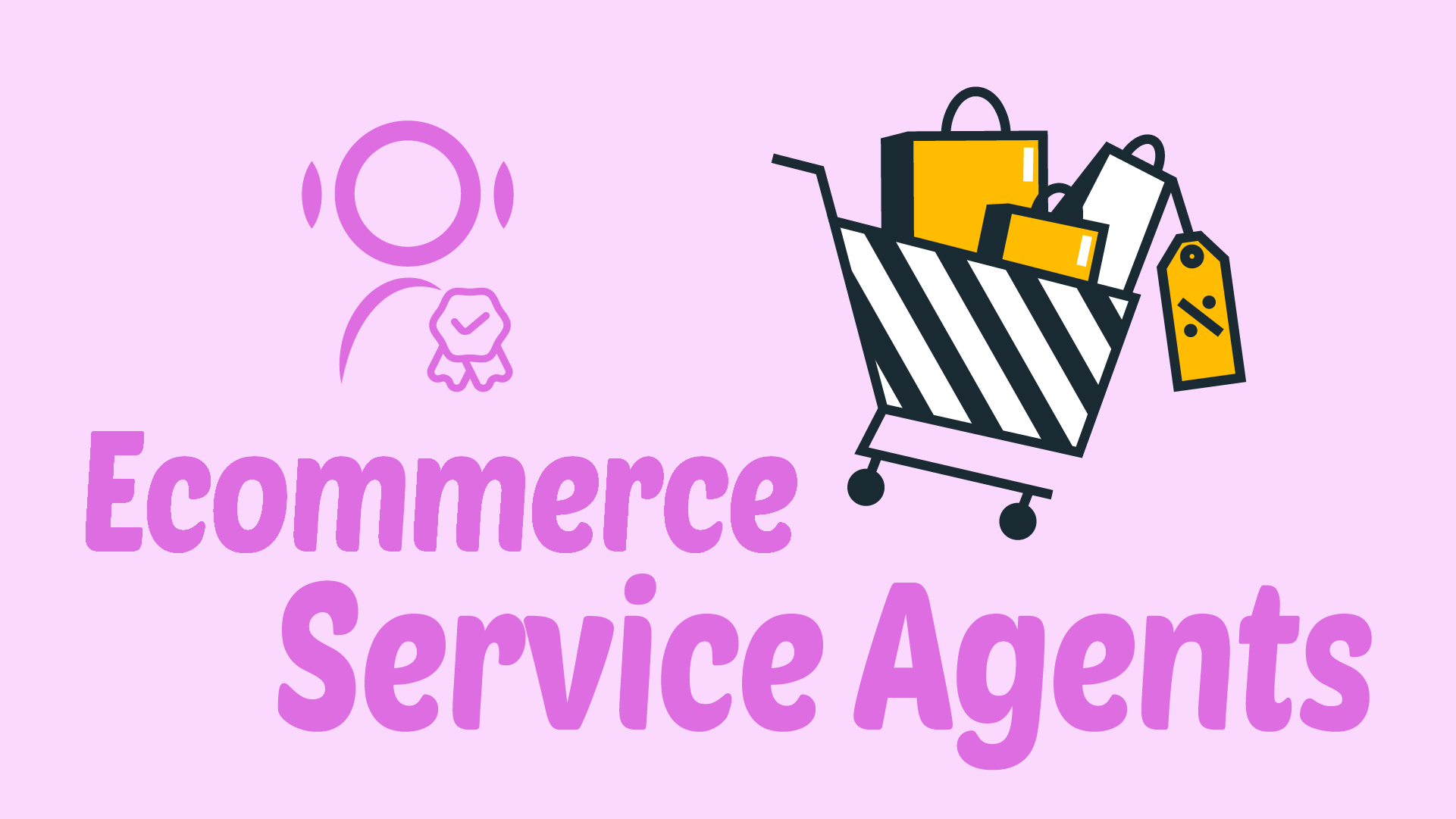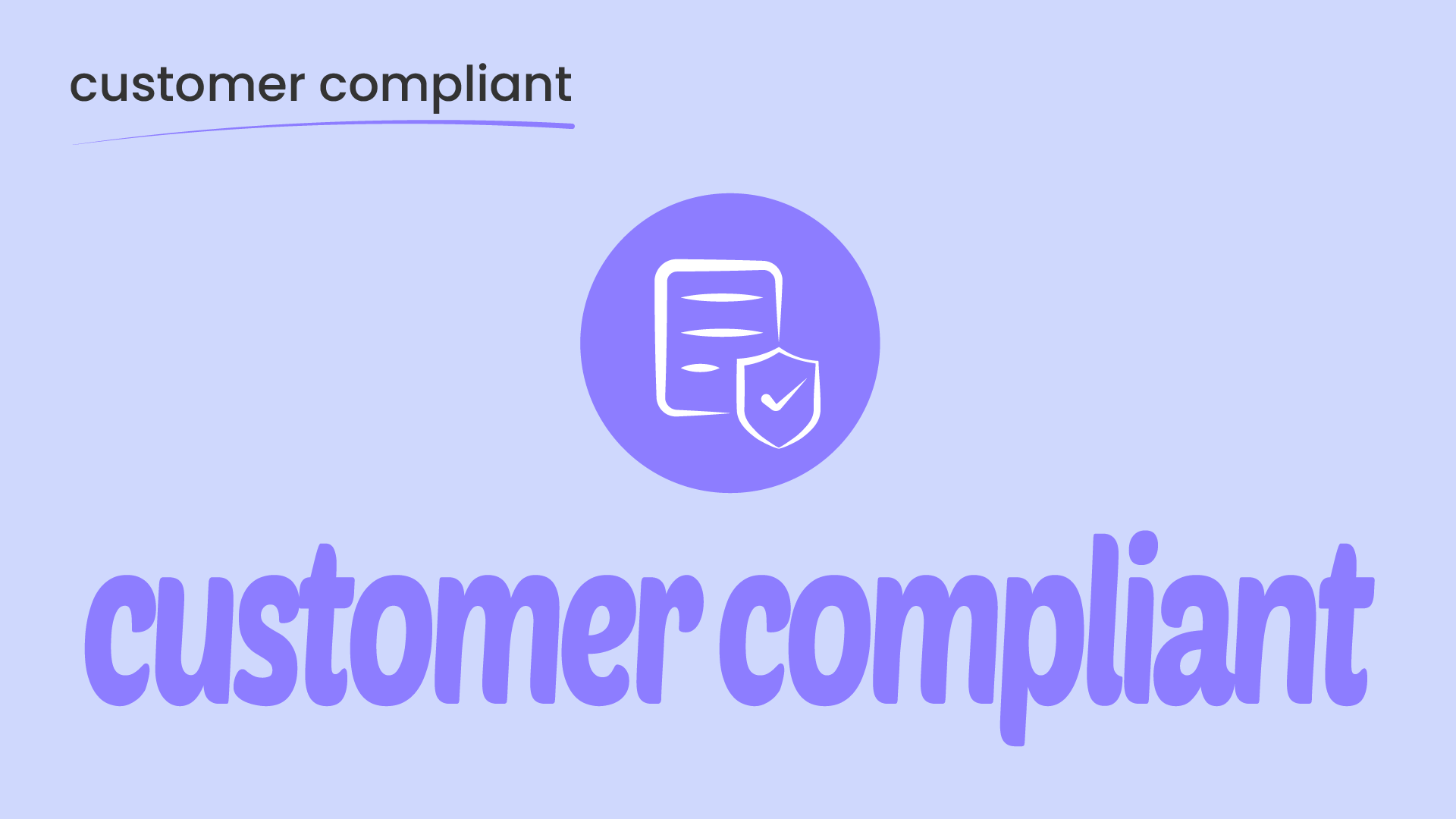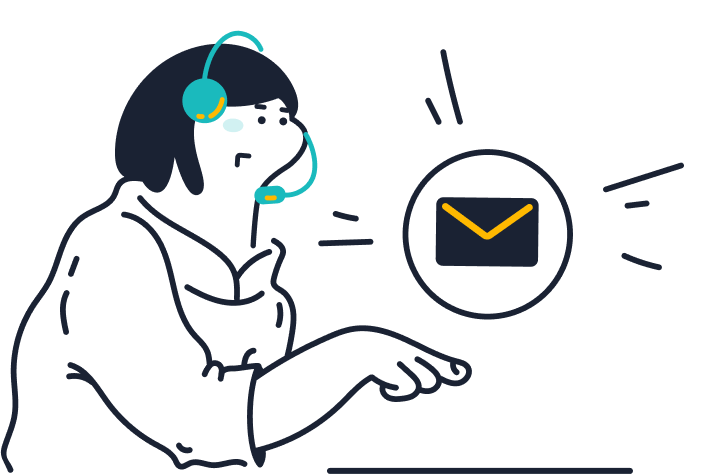When you think of iconic global brands, Coca‑Cola inevitably bubbles to the top. With a legacy stretching back over 130 years. Source. Coca‑Cola isn’t just a soft drink, it’s a cultural symbol, a household name in over 200 countries and the gold standard in brand longevity and customer connection. Behind the red label lies a powerhouse of business strategy, operational excellence, and an evolving approach to customer engagement that continues to drive its success in the digital age.
In this edition of Sobot’s Enterprise Merchants Series, we dive deep into Coca‑Cola’s playbook, not to marvel at its brand power, but to extract actionable insights for enterprise merchants. Our focus? How Coca‑Cola masters operational scale and online customer service to meet the expectations of billions, without losing the personal touch.
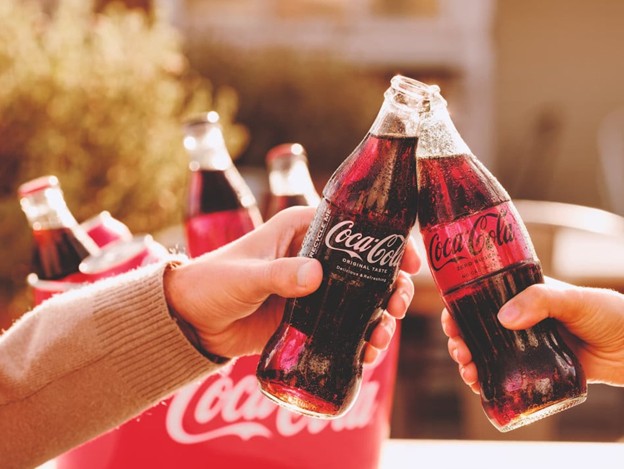
The Company’s Overview

Coca‑Cola’s journey began in 1886, when a curious pharmacist named Dr. John Pemberton mixed a caramel-colored liquid in a brass kettle in Atlanta, Georgia. That fizzy creation, originally sold for just five cents a glass, would eventually become the most recognized beverage brand in the world. Over the decades, Coca‑Cola didn’t just grow, it transformed. From the original Coca‑Cola drink, the company now oversees a massive portfolio of over 200 brands. Source.
Looking at Coca-Cola’s business performance in 2025, the company reported approximately $11.1 billion in net revenue in the first quarter alone.This growth is further underscored by a 2% increase in global unit case volume, driven significantly by key emerging markets like India, China, and Brazil. Equally impressive is the 71% surge in operating income during the same. These figures highlight Coca-Cola’s resilience and strategic agility in today’s competitive beverage landscape. Source.
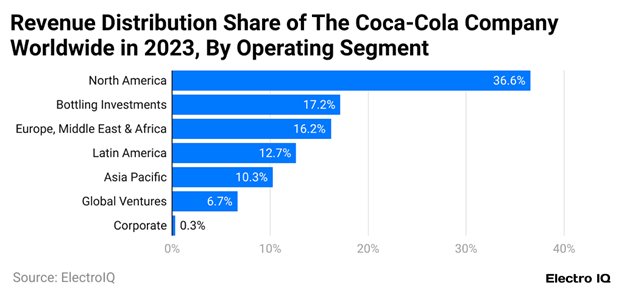
Coca-Cola’s market dominance is also apparent through its market share and brand value, which is estimated to be over $98 billion. Source. Coca-Cola’s market dominance is clearly reflected in its brand value, which increased by 32% in 2025 to reach approximately $46.3 billion, making it the most valuable non-alcoholic drinks brand globally for the 11th consecutive year. This strong brand value places Coca-Cola firmly among the top 15 most valuable brands worldwide in 2025, underscoring its enduring global appeal and leadership in the beverage industry. Source. At the helm of this global giant is CEO James Quincey, whose leadership focuses on growth, digital transformation, and sustainability. His vision emphasizes adapting to changing consumer preferences while leveraging technology to enhance operational efficiency and customer experience.
Marketing and Sales Strategy

Coca‑Cola operates with an extraordinary breadth of choice,boasting over 500 distinct brands and a staggering range of 3,500 beverages worldwide. Source.
One particularly notable success story is Coca‑Cola Zero Sugar, which grew by an impressive 14% in global case volume in Q1 2025,far outpacing the overall 2% volume growth,and emerging as one of the brand’s standout performers. Source.
Coca-Cola strategically manages pricing, product mix, and concentrate sales to optimize profitability. In the first quarter of 2025, price and mix improvements contributed 5% growth, even as concentrate sales were slightly impacted by shipment timing and fewer selling days.Source. This disciplined approach allows the company to navigate inflationary pressures while maintaining competitiveness.
Geographically, Coca-Cola continues to expand in key emerging markets such as India, China, and Brazil, where volume growth led the company’s 2% global unit case volume increase. However, currency headwinds in certain regions create challenges that require flexible and adaptive strategies to sustain momentum. Source.
Coca-Cola Customer Service Strategy
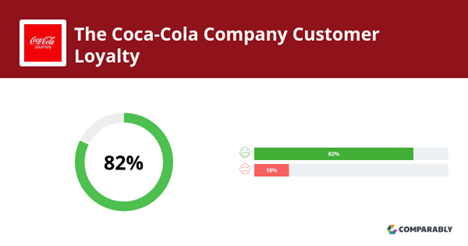
A. Holistic and Omnichannel Approach
Coca‑Cola embraces a truly holistic and omnichannel customer support strategy, making itself accessible at every touchpoint,whether through phone, email, live chat, social media, mobile apps, or self-service portals. This “always-on” approach ensures that both enterprise clients and consumers can engage with the brand exactly how and when they like. The result? A seamless, unified experience that prioritizes responsiveness.
On the B2B side, Coca‑Cola Hellenic Bottling Company showcases this at scale through its SAP Commerce Cloud–powered customer portal. Serving over 160,000 business customers across 29 markets, it facilitates online ordering, real-time order tracking, invoice access, and service requests,all available 24/7, across devices. Source.
Another implementation comes via Coca‑Cola European Partners (CCEP), where a new B2B portal built with SAP Fiori interfaces, integrated seamlessly with SAP ERP, delivered a slick, modern experience for distributors and wholesalers. Source.
B. Integration of AI (Artificial Intelligence)
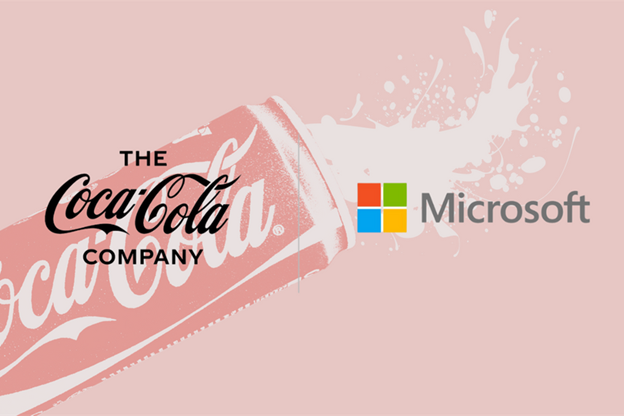
When it comes to customer service, Coca‑Cola is going beyond traditional channels by integrating Artificial Intelligence at multiple touchpoints. For everyday support, AI chatbots and voice assistants are deployed to address routine inquiries in real time, freeing up human agents to focus on more complex issues. Source.
Coca‑Cola has reimagined the vending experience through AI-powered smart coolers, such as the Coke&GO units launched in New Zealand. Using computer vision and image recognition, these devices let consumers scan a QR code or tap a card, grab their drink, and check out literally in a flash,no buttons required. The system recognizes the product taken, processes payment automatically, and even supports loyalty rewards. Source
Internally, Coca-Cola has entered into a five-year, $1.1 billion partnership with Microsoft to use Microsoft Cloud and generative AI capabilities, including Azure OpenAI Service and Copilot for Microsoft 365. While much of this focuses on productivity and operations, the impact on customer service is direct: internal AI chatbots powered by Azure help employees quickly retrieve HR, service, and product information, allowing staff to respond faster to customer requests. Meanwhile, tools like Copilot streamline reporting, order tracking, and service ticket management, ensuring faster, more consistent support experiences for Coca-Cola’s business partners and consumers. Source.
C. Digital Loyalty Platforms & Campaigns

One of Coca-Cola’s most celebrated digital engagement efforts is the “Share a Coke” campaign. This globally successful campaign drove massive customer engagement by replacing the traditional Coca-Cola logo on bottles with popular first names or affectionate nicknames.
This personalized messaging created an emotional connection, encouraging social sharing and interaction both offline and digitally. The campaign was credited with increasing sales by more than 2% in the U.S. and helped reverse a decade-long decline in consumption. Source.
The classic campaign has been revived and refreshed for a new generation. In 2025, Coca‑Cola relaunched a “supercharged” version targeting Gen Z, combining physical packaging, digital interactivity, and social sharing. Cans and bottles with names now include QR codes that tap into a Share a Coke digital hub, where fans can create personalized videos and memes using the “Memory Maker” tool. Source.
D. Feedback-Driven Continuous Improvement
Coca-Cola strongly emphasizes feedback-driven continuous improvement. The company actively collects feedback from both business clients and end consumers through various channels, including online reviews, direct surveys, and complaint analytics.
This wealth of customer insights feeds into the ongoing enhancement of training programs, support frameworks, and service offerings. Coca-Cola’s customer-centric approach is well documented, with formal feedback management systems in place to listen closely to customer voices and adapt accordingly. Source.
Central to this continuous improvement is Coca-Cola’s Voice of Customer (VOC) system, which ensures that every customer interaction is aligned with evolving expectations. The VOC system allows the company to measure satisfaction levels rigorously and integrate employee training feedback to elevate service quality continuously.
E. Advanced CRM for Personalization & Insights

Coca-Cola employs advanced Customer Relationship Management (CRM) platforms enhanced with AI-driven technologies to deeply analyze customer behavior and preferences. These CRM systems enable Coca-Cola to deliver personalized offers, automate marketing outreach, and craft targeted product innovation strategies.
AI-powered insights allow the company to tailor customer interactions effectively, improving marketing efficiency and responsiveness across multiple channels. Source.
In specific markets, Coca‑Cola Germany exemplifies the power of next-gen CRM. Using Salesforce’s Sales Cloud and Service Cloud, the company has unified customer data across teams,from customer details to order histories to mobile-enabled service requests. The result is fast issue resolution, personalized service, and a reported 30% increase in productivity for service operations. Source.
Offline/Traditional Support Excellence

Coca-Cola exemplifies offline and traditional support excellence through its well-structured network of dedicated call centers and local representatives. These call centers manage a range of critical functions, including beverage sales, account management, and technical equipment support for merchants and bottlers. Their role is twofold: they provide proactive sales advice to drive growth and handle reactive service requests to swiftly resolve issues, ensuring that both Coca-Cola’s business clients and end consumers receive dependable and effective assistance.
Local representatives at Coca-Cola receive specialized training to enhance customer interaction skills, enabling them to follow up on complaints diligently and ensure positive outcomes. This hands-on approach fosters trust and satisfaction among business partners and customers alike, strengthening the company’s reputation for service excellence.
Enterprise-Focused Digital Transformation & O2O Evolution
Coca-Cola’s online-to-offline (O2O) strategy is a game-changer for enterprise merchants. By bridging e-commerce platforms, retail partners, and delivery services, Coca-Cola turns consumer relationships into transactions through smart omnichannel ecosystems. Source.
In Southeast Asia, Coca-Cola’s partnership with Grab allows users to interact digitally using Grab’s platform, accessing bundles, ordering directly from smart coolers (via QR codes and cashless payments), or discovering nearby food vendors tied to promotional campaigns.
Behind the scenes, Coca-Cola is building a true enterprise-grade omnichannel ecosystem for its business clients. Look at Coca-Cola Hellenic Bottling Company (HBC): by deploying SAP Commerce Cloud, they’ve created a single digital entry point that supports onboarding, account management, ordering, promotions, and content, all on-demand, 24/7, and optimized for both mobile and desktop.
Challenges and Lessons for Enterprise Merchants
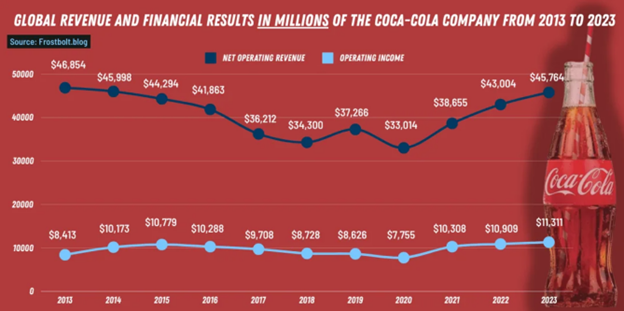
Coca-Cola faces several challenges in maintaining consistent online customer service globally. One significant challenge is managing service quality and responsiveness across highly diverse markets, each with varying infrastructure, languages, and consumer expectations. This global scale demands highly adaptive technologies and well-trained personnel to deliver uniform service excellence worldwide.
Balancing cost management with delivering premium service is another critical challenge for Coca-Cola. The company must invest heavily in advanced digital tools, AI-powered customer service platforms, and extensive employee training to maintain high service standards. At the same time, it needs to optimize operational costs and ensure scalability. Coca-Cola achieves this balance by leveraging automation for routine support, focusing human agents on complex queries, and using data-driven insights to continually refine service processes, achieving efficiency without sacrificing quality.
Enterprise merchants can draw several lessons from Coca-Cola’s customer service approach:
- Omnichannel Integration: Ensuring customers can interact seamlessly across multiple platforms, phone, chat, email, social media, boosts accessibility and satisfaction.
- Data-Driven Personalization: Leveraging AI and CRM analytics to tailor offers and communication enhances engagement and loyalty.
- Continuous Feedback & Training: Actively collecting customer feedback and integrating it into employee training ensures services evolve with customer expectations.
- Balancing Automation with Human Touch: Using technology to automate standard inquiries while empowering human agents for relationship-building optimizes resources and customer experience.
- Strategic Partnerships and Technology Investment: Prioritizing strategic partnerships (like with Microsoft for AI) and investing in scalable digital infrastructures is key to sustaining service excellence at enterprise scale.
Inside the Sobot Engine: Features That Power Excellence
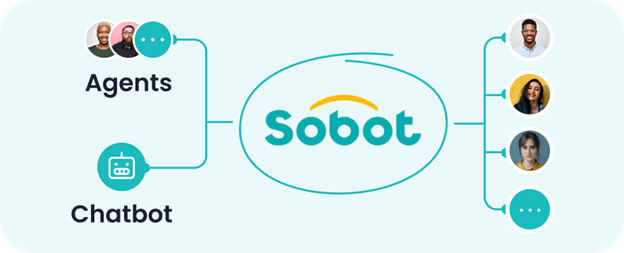
Sobot is a leading all-in-one AI-powered contact center platform designed to help enterprises deliver exceptional customer service across multiple channels. It provides seamless omnichannel integration, connecting with popular platforms like Shopify, Amazon, Walmart, Shopee, and Lazada, allowing businesses to manage all customer interactions from a unified interface.
Key Features of Sobot
- A Unified Ticketing and SLA Management System organizes requests efficiently, ensuring timely responses.
- Automated messages and AI-powered chatbots handle FAQs and engage shoppers throughout their journey, reducing human agent workload.
- 24/7 AI Customer Service delivers round-the-clock support, boosting customer satisfaction.
- Advanced Campaign & Notification Management enables targeted, proactive marketing and timely reminders to drive conversions.
- Personalization & Smart Routing uses tags and AI to direct customers to the right agents and deliver tailored communication.
- Robust Data-Driven Insights equip enterprises to optimize service quality and operations.
- Built for strict Security & Compliance (ISO, GDPR), guaranteeing data protection and privacy.
- Delivers Global 24/7 Support overcoming timezone challenges for international customer bases.
- Enhanced Personalization features, including smart routing and customer history tracking, enable contextual, individualized service at scale.
Wrapping Up: What Coca‑Cola Teaches Us About Enterprise Customer Service
Coca‑Cola’s global success transcends its iconic products, it is fundamentally about people and exceptional service. The company masterfully blends tradition with innovation, combining personalized offline touchpoints with AI-driven online channels to engage customers meaningfully across all interactions.
Its strategic consistency shines through local adaptation that respects cultural nuances without diluting its global brand voice. Coca-Cola invests heavily in every customer interaction, whether automated or human, designing each to build lasting brand love and loyalty.
For enterprises aspiring to deliver this level of service excellence, Sobot represents a future-ready partner. Its intelligent, omnichannel customer support systems empower large businesses to replicate Coca-Cola’s seamless, personalized, and highly responsive customer experience at scale, helping build meaningful relationships and drive sustained growth.
